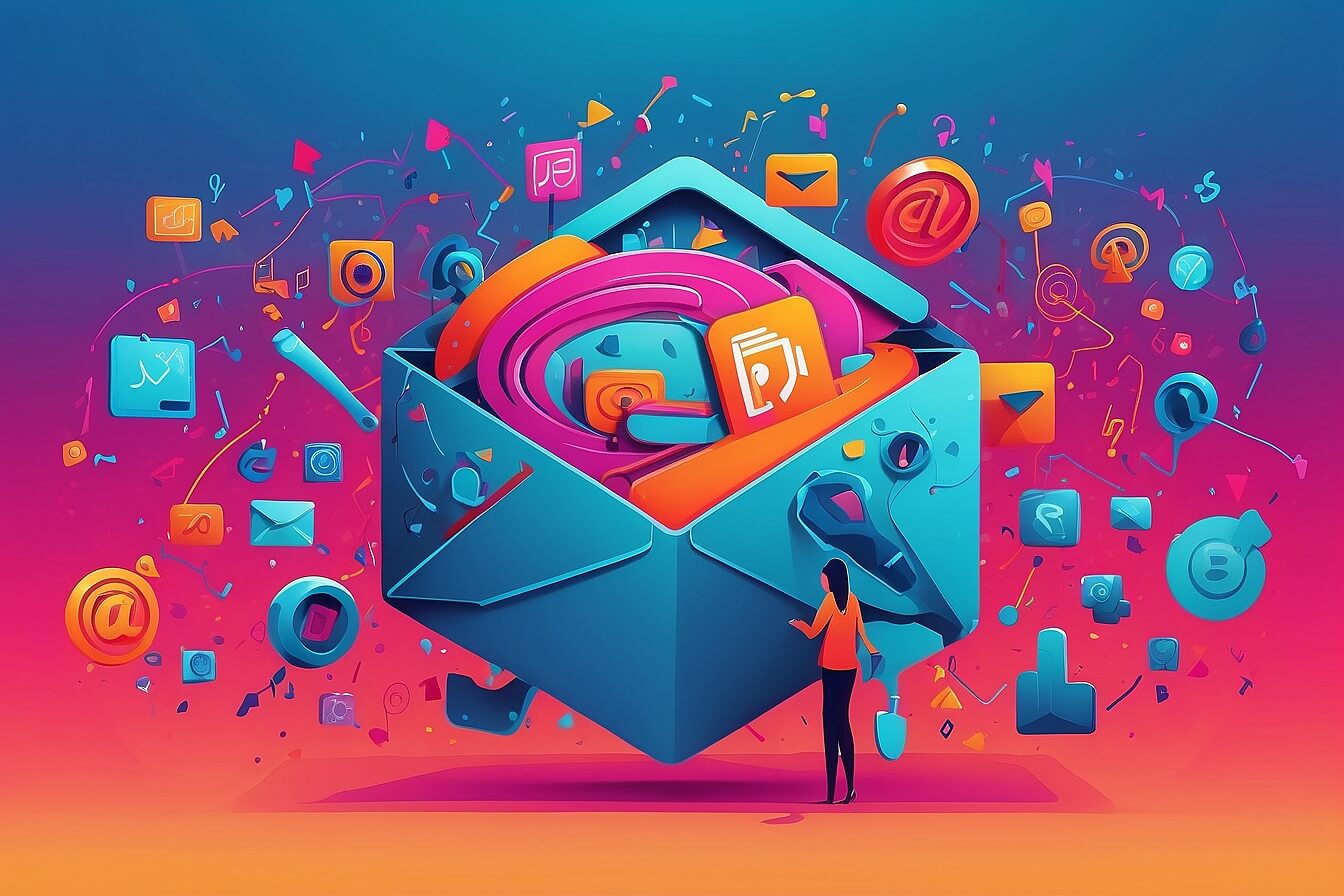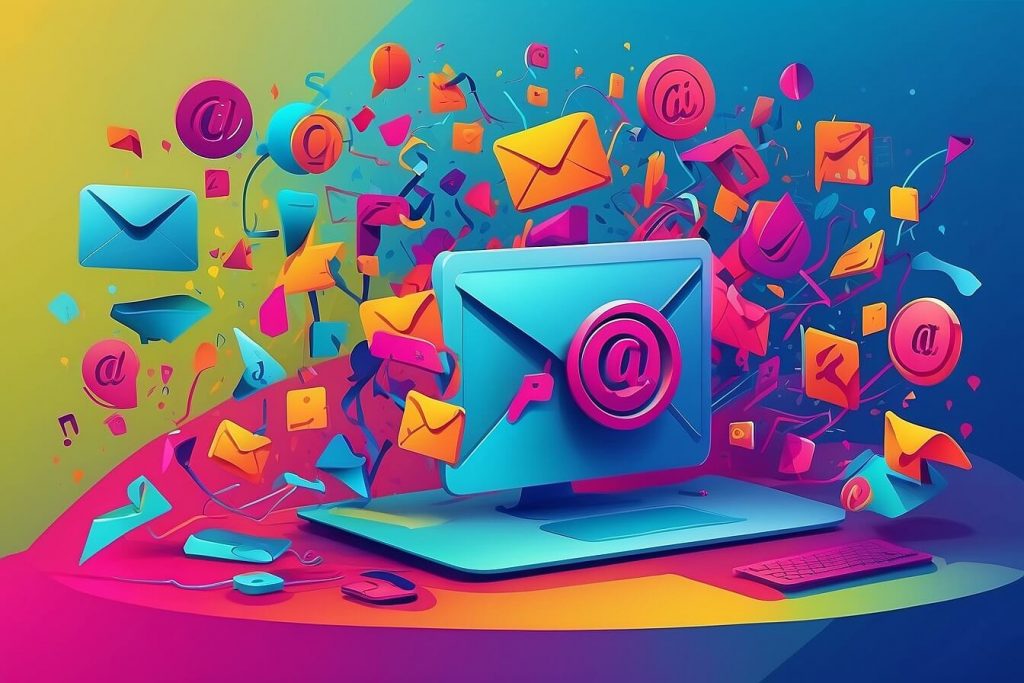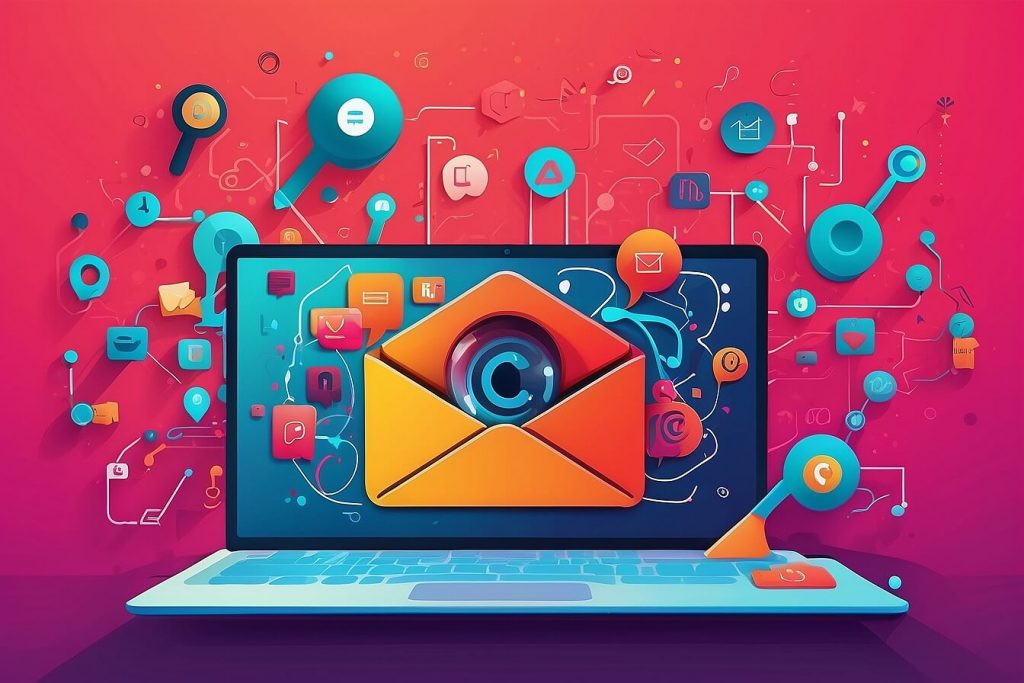The Importance of Testing in Email Campaigns
In the fast-paced digital world, email campaigns have become an essential marketing tool for businesses of all sizes. However, simply crafting a captivating email is not enough to guarantee success. It is crucial to conduct thorough testing to ensure that your message resonates with your target audience and achieves the desired outcomes.
Testing in email campaigns allows marketers to understand how different elements, such as subject lines, content, design, and calls to action, impact recipient engagement. By experimenting with various variables, marketers can gather valuable insights into what works best for their specific audience. This knowledge enables them to make informed decisions and optimize future campaigns for maximum effectiveness. Without proper testing, email campaigns run the risk of being ineffective, resulting in missed opportunities and wasted resources.
Enhancing Email Campaigns with Artificial Intelligence
With the growing importance of email marketing in today’s digital landscape, businesses are constantly seeking innovative ways to enhance the effectiveness of their email campaigns. Artificial Intelligence (AI) has emerged as a powerful tool in this endeavor, offering the potential to optimize various aspects of email campaigns and drive better results. By leveraging AI technology, businesses can automate and streamline the process of designing, targeting, and analyzing email campaigns.
One key way AI enhances email campaigns is through intelligent personalization. AI algorithms can analyze vast amounts of data about individual recipients, including their demographics, purchase history, browsing behavior, and preferences. Utilizing this data, AI-powered email systems can dynamically customize the content, timing, and frequency of emails to suit each recipient’s preferences and needs. This level of personalization not only increases engagement but also improves the chances of conversions, as recipients are more likely to respond positively to relevant and tailored content. By taking advantage of AI’s ability to deliver personalized email campaigns at scale, businesses can significantly enhance their email marketing efforts and build stronger relationships with their audience.
Understanding A/B Testing for Email Campaigns
A/B testing is a crucial tool in email campaign optimization. It involves testing two or more versions of an email to determine which one performs better in terms of open rates, click-through rates, and conversions. By splitting your email list into separate segments and sending different versions of your campaign, you can analyze the results and make data-driven decisions about which email elements are resonating with your audience.
One key aspect of A/B testing is identifying the variables you want to test. These variables can include subject lines, email layout and design, call-to-action buttons, and even the overall messaging of your emails. By changing only one variable at a time, you can accurately measure its impact on your email performance. For example, if you’re testing subject lines, send two versions of the same email with different subject lines to different segments of your audience. By comparing the open rates of the two versions, you can determine which subject line is more effective at capturing attention.
Optimizing Email Campaigns for Improved Conversion Rates
Email campaigns play a crucial role in driving conversions and boosting overall business revenue. To optimize email campaigns for improved conversion rates, it is essential to focus on several key aspects. Firstly, crafting compelling and personalized subject lines can significantly impact email open rates. By grabbing the recipient’s attention and creating a sense of urgency or curiosity, engaging subject lines can lead to higher click-through rates and ultimately more conversions. Additionally, optimizing the email layout and design to be visually appealing and mobile-friendly can enhance the overall user experience, leading to increased engagement and higher conversion rates.
Moreover, effective call-to-action (CTA) placement and messaging are vital for driving conversions in email campaigns. The CTA should be clear, concise, and compelling, encouraging recipients to take the desired action. Testing different variations of CTAs, such as button colors, sizes, and wording, can provide valuable insights into what resonates best with the target audience, ultimately leading to higher conversion rates. Furthermore, segmenting the email list based on customer preferences, demographics, or past purchase behavior allows for more personalized and relevant content. By tailoring the messages to specific segments, marketers can deliver more targeted and compelling offers, increasing the likelihood of conversions.
Key Metrics to Consider in Email Campaign Testing
When conducting email campaign testing, there are several key metrics that marketers should consider to evaluate the effectiveness of their campaigns. Open rate is one such metric that measures the percentage of recipients who open the email. A high open rate indicates that the email subject line was compelling and caught the recipients’ attention. Another important metric is click-through rate, which measures the percentage of recipients who clicked on a link within the email. A high click-through rate shows that the email content was engaging and motivated recipients to take action. Additionally, conversion rate is a crucial metric that measures the percentage of recipients who completed a desired action, such as making a purchase or filling out a form. A high conversion rate signifies that the email campaign successfully drove recipients to take the desired action. By analyzing these key metrics, marketers can gain valuable insights into the effectiveness and impact of their email campaigns.
Furthermore, another metric to consider is the bounce rate, which measures the percentage of emails that were undeliverable. A high bounce rate can indicate issues such as invalid email addresses or problems with the email server. Monitoring this metric is essential to ensure that emails are reaching the intended recipients. Additionally, unsubscribe rate is an important metric that measures the percentage of recipients who choose to opt-out of future emails. A high unsubscribe rate may signal that the email content or frequency is not meeting recipients’ expectations. By closely tracking this metric, marketers can identify areas for improvement and adjust their email campaigns accordingly. Overall, considering these key metrics in email campaign testing enables marketers to make data-driven decisions and optimize their campaigns for better engagement, conversion, and overall success.
Implementing AI-Enhanced A/B Testing for Email Campaigns
Implementing AI-enhanced A/B testing for email campaigns can provide valuable insights into optimizing campaign performance and increasing conversion rates. By leveraging artificial intelligence algorithms, marketers can analyze multiple variables and user behavior to find the most effective email content, design, and timing. This advanced testing method allows for real-time analysis and continuous improvements, ensuring that email campaigns are tailored to meet the evolving needs and preferences of subscribers.
One advantage of AI-enhanced A/B testing is its ability to handle large volumes of data and identify patterns and trends that may not be immediately apparent to human analysts. By automatically analyzing metrics such as open rates, click-through rates, and conversion rates, AI algorithms can identify the key drivers behind successful email campaigns. This enables marketers to make data-driven decisions on factors such as subject lines, call-to-action buttons, and landing page design. Additionally, AI-enhanced A/B testing can provide insights on audience segmentation, allowing marketers to create personalized campaigns that resonate with specific customer segments.
Best Practices for Conducting A/B Tests in Email Campaigns
When conducting A/B tests in email campaigns, it is essential to define clear objectives and hypotheses for the test. This helps ensure that the test results are meaningful and actionable. Additionally, it is important to segment your audience and test one variable at a time to accurately measure the impact of the changes made. By isolating variables, you can better understand what aspects of your email campaign contribute to its success or failure.
Another best practice is to test with a significant sample size. Running tests with a large enough audience ensures that the results are statistically significant and representative of your overall email campaign performance. Additionally, it is crucial to establish a control group that does not receive any changes, allowing for a comparison between the test group and the baseline performance. By following these best practices, you can obtain valuable insights from your A/B tests, leading to more effective and optimized email campaigns.
Analyzing and Interpreting A/B Test Results for Email Campaigns
When it comes to email campaigns, analyzing and interpreting A/B test results is crucial for determining the effectiveness of different variables in driving engagement and conversions. By conducting A/B tests, marketers can gain insights into what elements of their email campaigns resonate best with their target audience.
One key aspect of analyzing A/B test results is to focus on the metrics that matter the most. While open rates and click-through rates provide valuable information, it is essential to dig deeper and evaluate the impact on conversion rates and ultimately, the return on investment. By scrutinizing the data, marketers can identify the winning variables that lead to higher conversion rates and optimize future email campaigns to achieve better results. Additionally, understanding the demographics and preferences of the audience can help tailor the content and design of email campaigns for maximum effectiveness. By keeping a close eye on A/B test results, marketers can refine their strategies and continually improve the performance of their email campaigns.
Leveraging AI-Enhanced Testing to Personalize Email Campaigns
Personalization has become a key factor in the success of email campaigns. By leveraging AI-enhanced testing techniques, marketers can now take personalization to a whole new level. With AI algorithms analyzing vast amounts of data, marketers can gain valuable insights into customer preferences and behavior. This allows them to tailor their email campaigns to individual recipients, increasing the chances of engagement and conversion. AI-enhanced testing not only helps in understanding customer preferences but also enables marketers to automate the process of personalizing emails, saving time and resources. With personalized email campaigns, businesses can create stronger connections with their target audience, leading to improved brand loyalty and ultimately, better business outcomes.
One of the key benefits of leveraging AI-enhanced testing is the ability to segment email campaigns based on demographic, behavioral, and contextual factors. By utilizing AI algorithms to analyze data from various sources, marketers can identify patterns and trends in customer behavior. This enables them to create distinct segments within their email lists and deliver personalized content to each group. For example, a clothing retailer can segment their audience based on gender, purchasing history, and location. With this information, they can tailor their email campaigns by including product recommendations, exclusive discounts, or offers that are most relevant to each segment. By personalizing the message and the content, businesses can increase the chances of recipients engaging with the email and taking the desired action.
Future Trends in AI-Enhanced A/B Testing for Email Campaigns
As technology continues to advance at a rapid pace, the future of AI-enhanced A/B testing for email campaigns looks promising. One of the key trends that can be expected is the integration of machine learning algorithms into A/B testing platforms. With the power of machine learning, marketers will be able to automate the process of analyzing large volumes of data and identifying patterns that lead to optimal email campaign performance. This will not only save time and effort but also allow for more accurate and data-driven decision-making.
Another trend that is likely to emerge in the realm of AI-enhanced A/B testing is the integration of natural language processing (NLP) capabilities. NLP technology will enable marketers to not only analyze the performance of different email variants but also understand the sentiment and emotional response of their recipients. This will open up new possibilities for personalization and allow marketers to craft highly targeted and impactful email campaigns that resonate with their audience on a deeper level. As AI continues to advance, the potential for enhancing A/B testing in email campaigns is vast, and these trends are just the beginning of what is yet to come.




